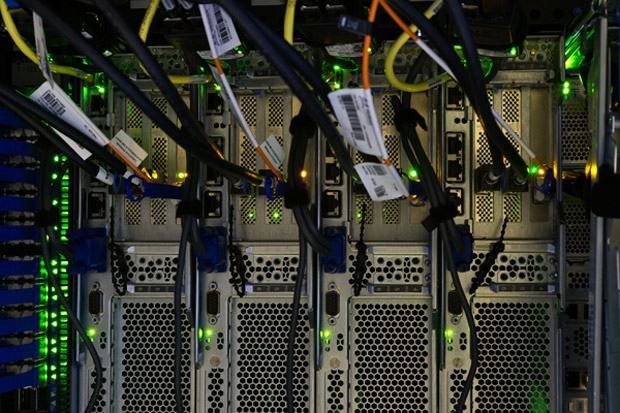Parallel Computing
The more processors there are working together on a problem, the more difficult it becomes to coordinate their activities and run them in parallel efficiently.
 Sandhya Dwarkadas, professor and chair of computer science and professor of electrical and computer engineering; Michael Scott, professor of computer science; and Srinivas Aluru, a professor at the Georgia Institute of Technology, are developing computational systems that will drive gene sequence and protein structure discovery, as well as a variety of other clinical outcomes and processes.
Sandhya Dwarkadas, professor and chair of computer science and professor of electrical and computer engineering; Michael Scott, professor of computer science; and Srinivas Aluru, a professor at the Georgia Institute of Technology, are developing computational systems that will drive gene sequence and protein structure discovery, as well as a variety of other clinical outcomes and processes.
Their focus is on designing software and hardware techniques that are portable and scalable to effectively execute tasks in parallel. This is challenging work—the more processors there are working together on a problem, the more difficult it becomes to coordinate their activities and run them in parallel efficiently. Without sufficient care, the processors tend to “step on each other’s toes.”
Together, these researchers are building systems that know how to balance data and computation across a large number of processors and memories. IBM’s Blue Gene/Q supercomputer at the University’s Health Sciences Center for Computational Innovation is an important platform for their work.
